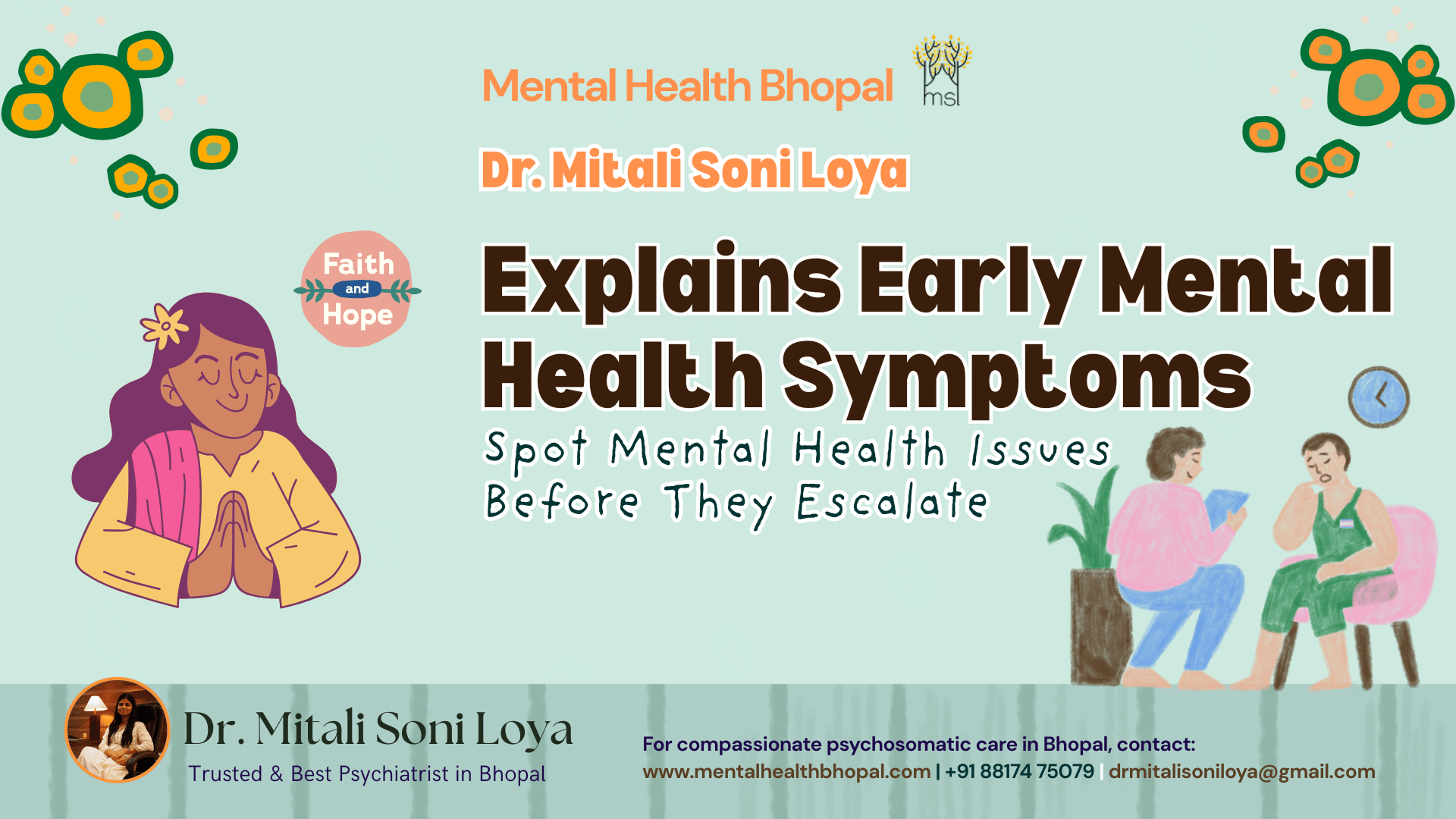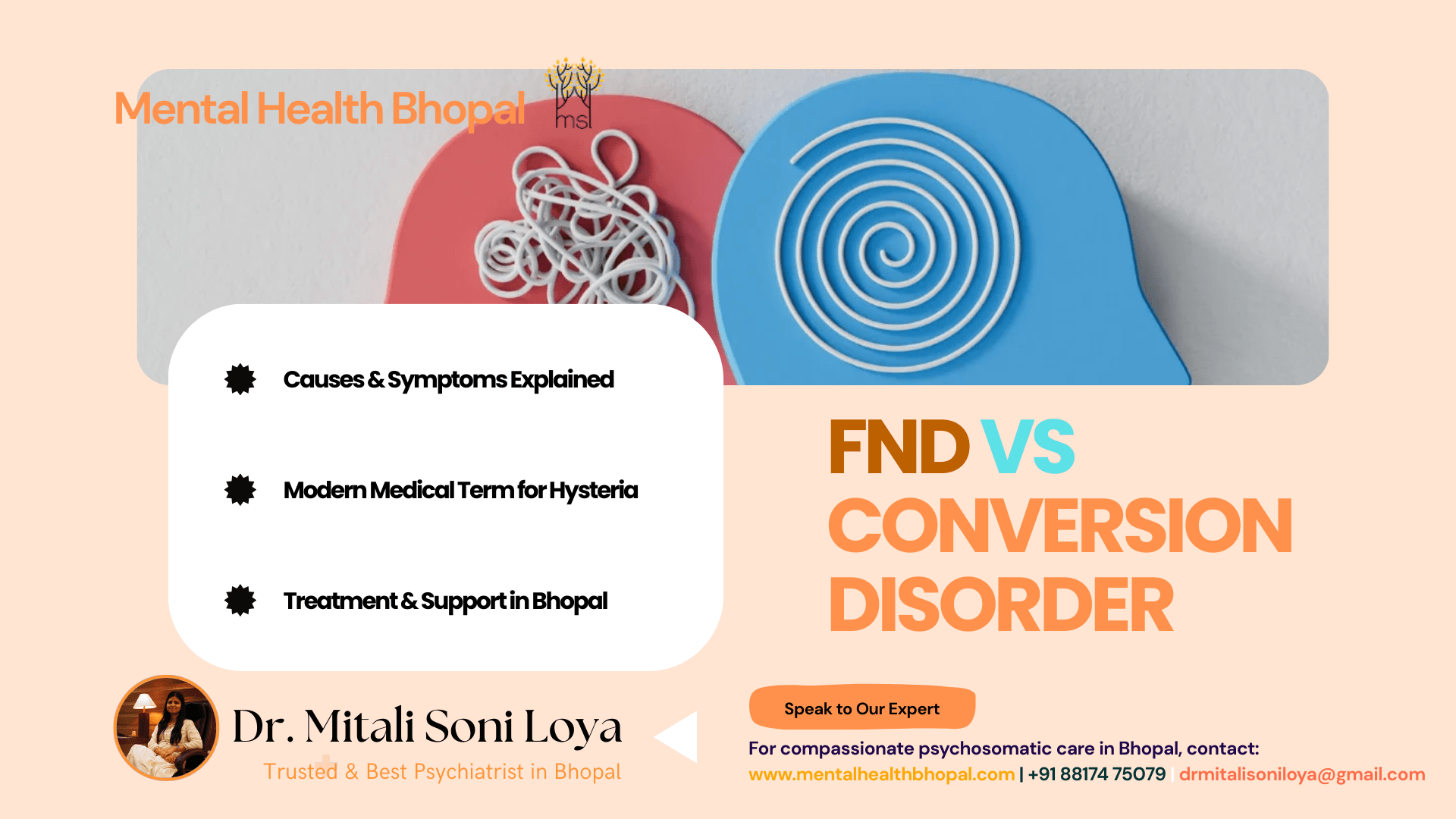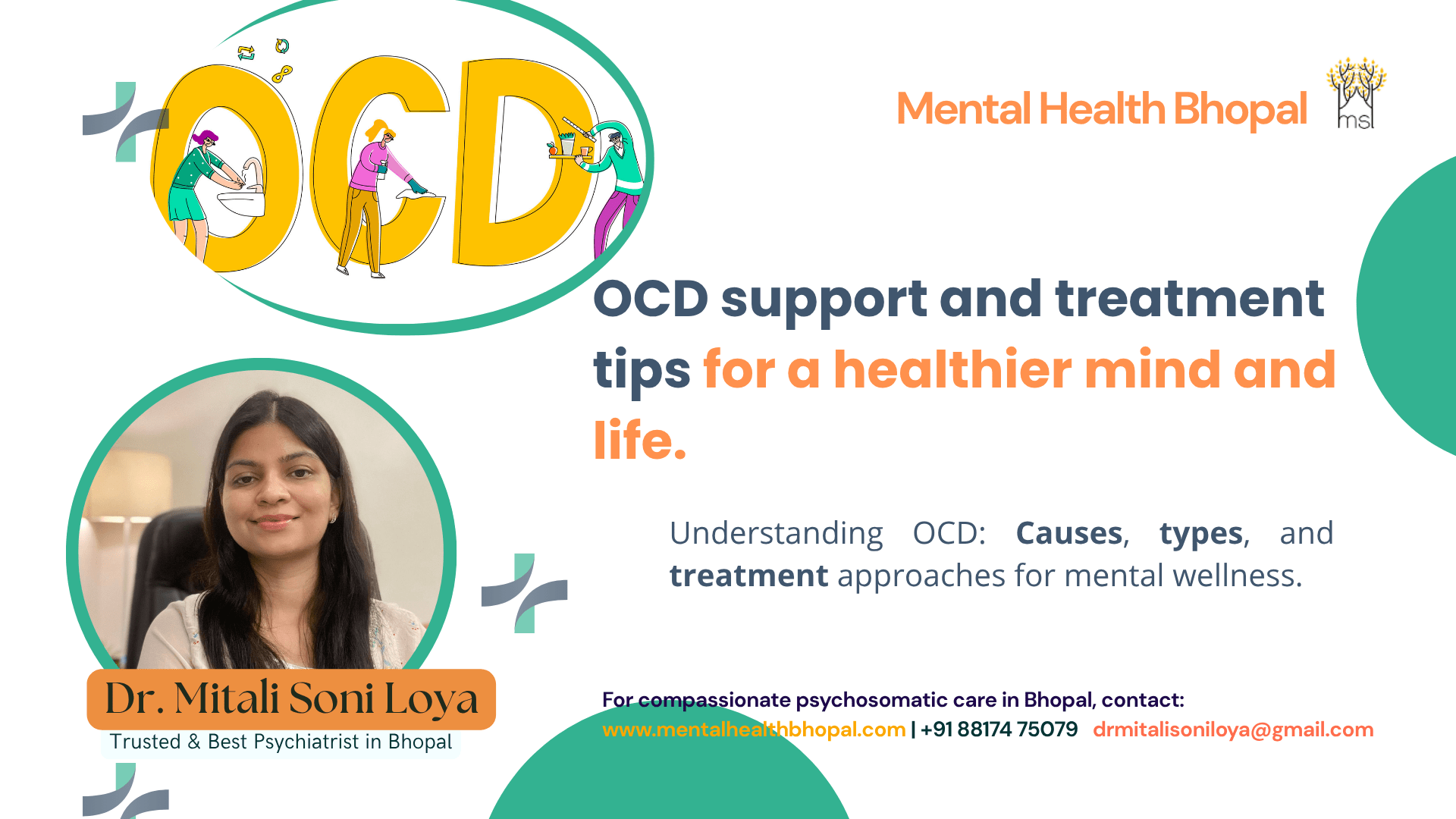Introduction:
You’ve double-checked the lock, but your brain says, “Check again.” You wash your hands, but it still doesn’t feel “clean enough.” You replay a thought for the tenth time, seeking certainty—and still, the doubt lingers. Obsessive-Compulsive Disorder (OCD) can feel like being trapped in a loop of thoughts and rituals that won’t let you rest.
If this sounds familiar, you’re not alone. OCD affects millions of people worldwide. While therapy and medication are often essential, there are also effective self-help strategies that can reduce the intensity of symptoms, build emotional resilience, and complement professional treatment.
This guide outlines practical, research-backed tools for managing OCD at home and reclaiming your peace of mind.
What is OCD?
OCD is a mental health condition involving two main components:
Obsessions – intrusive, unwanted thoughts or images that cause distress (e.g., fear of contamination, fear of harming someone, or needing symmetry)
Compulsions – repetitive behaviors or mental rituals performed to ease the anxiety caused by those obsessions (e.g., washing, checking, counting, praying)
Without intervention, OCD can interfere with daily functioning, relationships, and overall well-being.
Self-help strategies for managing OCD
1. Learn to identify your triggers
Start by tracking the situations, thoughts, or sensations that spark obsessive thinking or compulsive behavior. Use a journal or app to note:
- What triggered the obsession?
- What was the resulting compulsion?
- How long did the anxiety last?
- Did the compulsion help or make it worse?
Understanding these patterns is the first step toward breaking the cycle.
2. Resist the urge to perform compulsions
This is known as response prevention. Delaying or reducing your rituals gradually helps retrain your brain. For example:
- Wait 5 minutes before washing your hands after a trigger
- Check the lock once instead of five times
- Remind yourself: “This anxiety will pass even if I don’t do the ritual."
It’s uncomfortable at first—but over time, anxiety decreases on its own.
3. Practice exposure and response prevention (ERP)
ERP is the most effective therapy technique for OCD and can be practiced with guidance or self-help tools. It involves facing your fears in small steps while avoiding the usual compulsions.
Example:
- If you fear contamination, start by touching a doorknob and sitting with the discomfort without washing
- Build gradually from mild to more difficult exposures
- Stay committed—even when the anxiety feels intense
ERP works by showing your brain that feared consequences don’t actually occur.
4. Challenge distorted thoughts
OCD often brings irrational or exaggerated thinking. Learn to notice and question these thoughts.
Common distortions:
- Catastrophizing: “If I don’t do this, something terrible will happen.”
- Over-responsibility: “It’s my fault if anything bad happens.”
- Magical thinking: “If I don’t count to 10, my loved one will get hurt.”
Challenge them by asking:
- Is there actual evidence for this fear?
- Has it come true before?
- What would I say to a friend in this situation?
Writing down your answers can weaken obsessive thinking.
5. Create a structure and routine
OCD thrives in chaos. A simple, consistent daily routine can reduce background anxiety, giving you more mental space to manage your symptoms.
Include:
- Fixed sleep and wake times
- Meal planning
- Designated work/study hours
- Time for exercise or movement
- Breaks for relaxation or hobbies
Routines also make it easier to track progress and identify problem areas.
6. Practice mindfulness and grounding techniques
OCD often pulls you into “what if” thinking. Mindfulness helps bring your attention back to the present moment.
Try:
- Deep breathing: inhale for 4, hold for 4, exhale for 4
- Five senses check-in: name things you can see, hear, smell, feel, and taste
- Body scan meditation: focus on one area of the body at a time
- Mindful walking: focus on the rhythm of your steps and surroundings
Practicing daily—even for 5–10 minutes—can calm your nervous system and reduce reactivity.
7. Reduce reassurance seeking
Constantly asking for reassurance (“Did I lock the door?” “Are you sure I’m, okay?”) only strengthens OCD’s grip. Try instead:
- Noticing the urge to ask and labeling it as OCD
- Waiting before asking, and then choosing not to
- Using self-talk: “This doubt is a symptom, not reality”
The more you practice tolerating uncertainty, the more empowered you feel.
8. Avoid excessive avoidance
Avoidance seems like an easy fix—but it keeps fears alive. Instead of steering clear of triggers entirely, try to gradually face them with coping strategies.
Example:
- If you avoid touching elevator buttons, practice doing it once a day
- Remind yourself: “Avoidance makes OCD stronger. Exposure builds freedom.”
Start small and celebrate progress.
9. Use guided resources
Self-help books, workbooks, and apps can give you structured guidance. Top recommendations:
Books:
- Brain Lock by Dr. Jeffrey Schwartz
- The OCD Workbook by Bruce Hyman
- Freedom from Obsessive Compulsive Disorder by Jonathan Grayson
Apps:
- nOCD
- WorryTime
- OCD Challenge
Look for tools based on CBT and ERP principles.
10. Know when to seek professional help
Self-help is powerful, but OCD is often best managed with support. Reach out to a professional if:
- Symptoms consume more than an hour a day
- You're experiencing depression or hopelessness
- You feel unable to control compulsions
- OCD is affecting your work, relationships, or daily routine
In Bhopal, Dr. Mitali Soni Loya offers compassionate, evidence-based support for OCD and anxiety disorders. Her approach includes CBT, ERP, and medication management when needed—tailored to your unique symptoms and lifestyle.
Conclusion:
You don’t have to eliminate every obsessive thought or ritual to feel better. The goal of OCD self-help is progress—not perfection. Every time you resist a compulsion, sit with discomfort, or challenge a thought, you’re building mental flexibility and control.
These strategies work best when used consistently and with self-compassion. And remember—when you need support, reaching out to a qualified professional like Dr. Mitali Soni Loya can make all the difference.
Need OCD support in Bhopal?
Dr. Mitali Soni Loya offers complete psychiatric care for OCD using structured therapy and proven techniques.
Clinic address:
10 Ramanand Nagar, Near Lalghati Square, Bhopal, M.P. – 462023
Phone: +91 88174 75079
Email: drmitalisoniloya@gmail.com
Website: www.mentalhealthbhopal.com

 Mitali Soni Loya November 28, 2025
Mitali Soni Loya November 28, 2025
